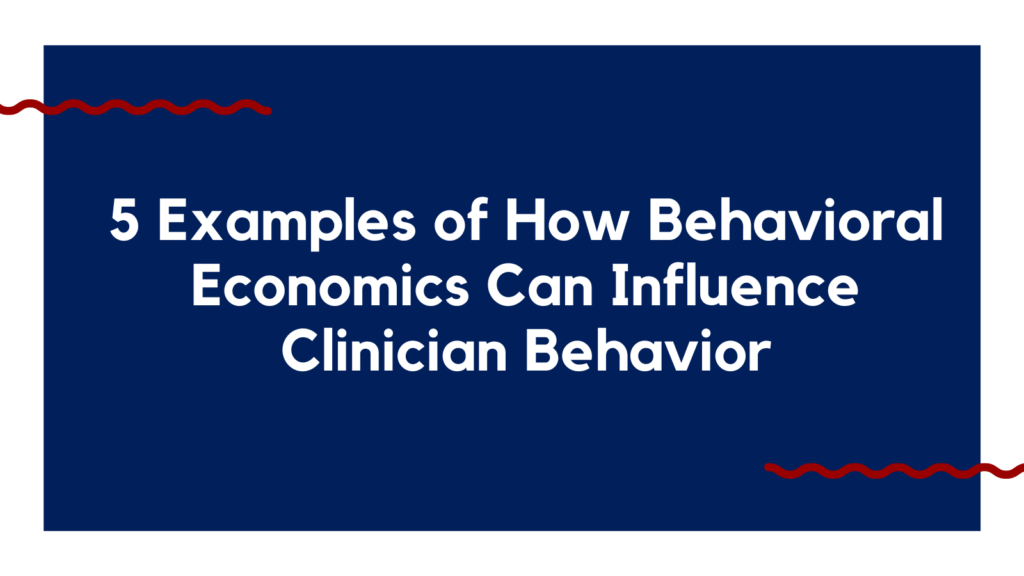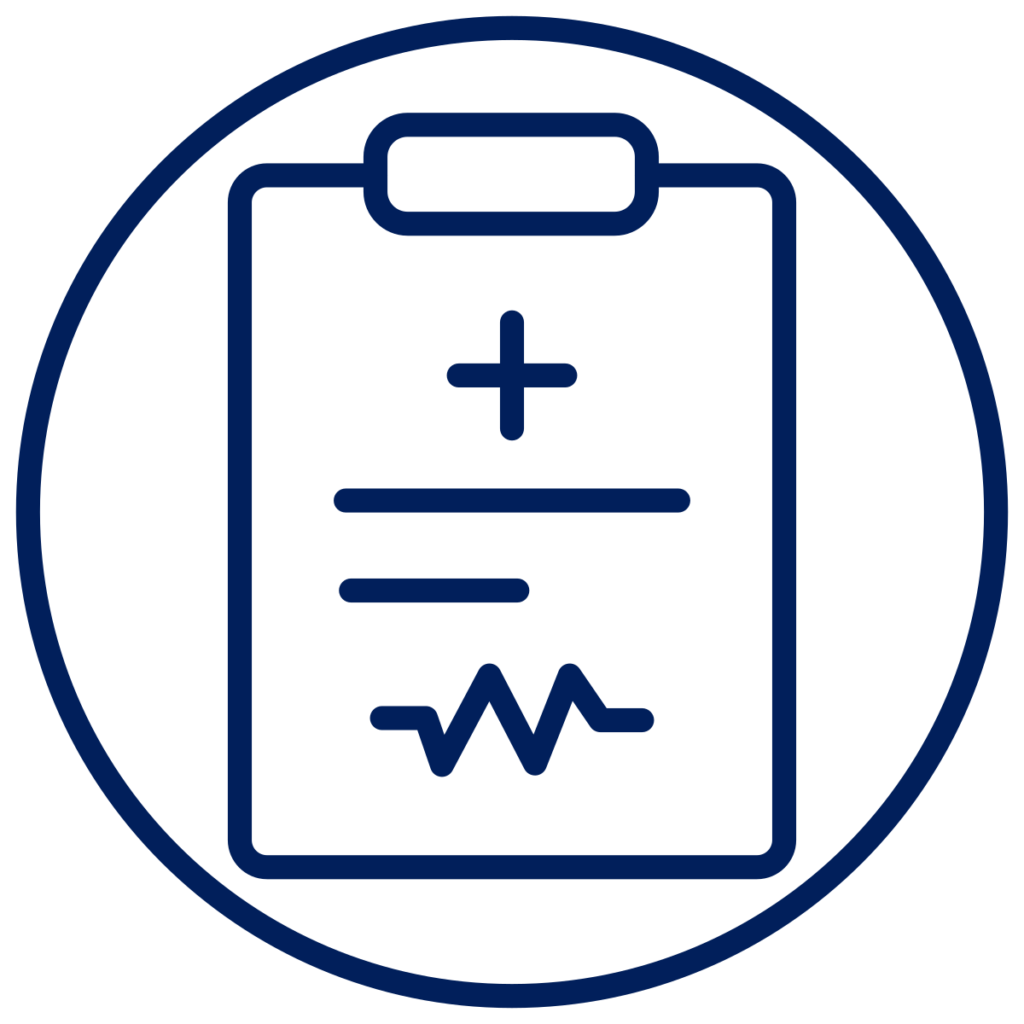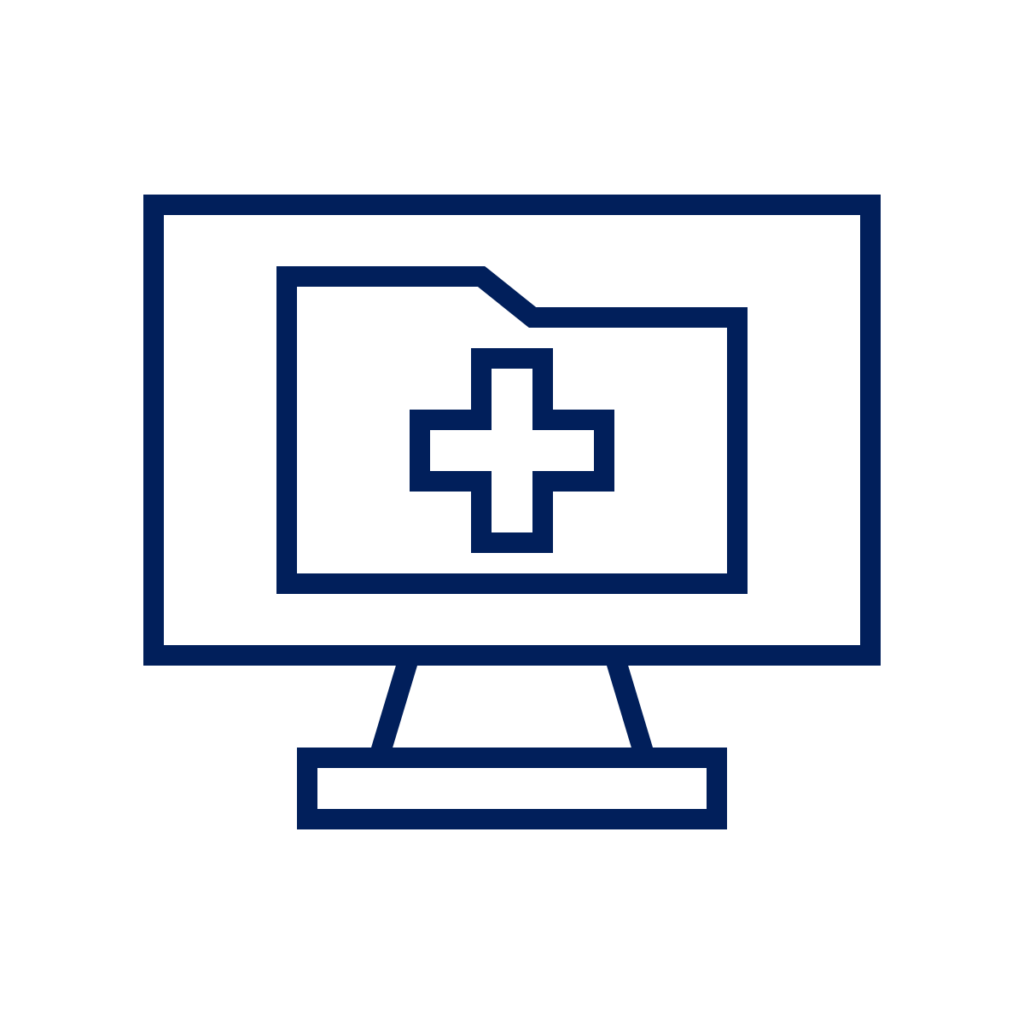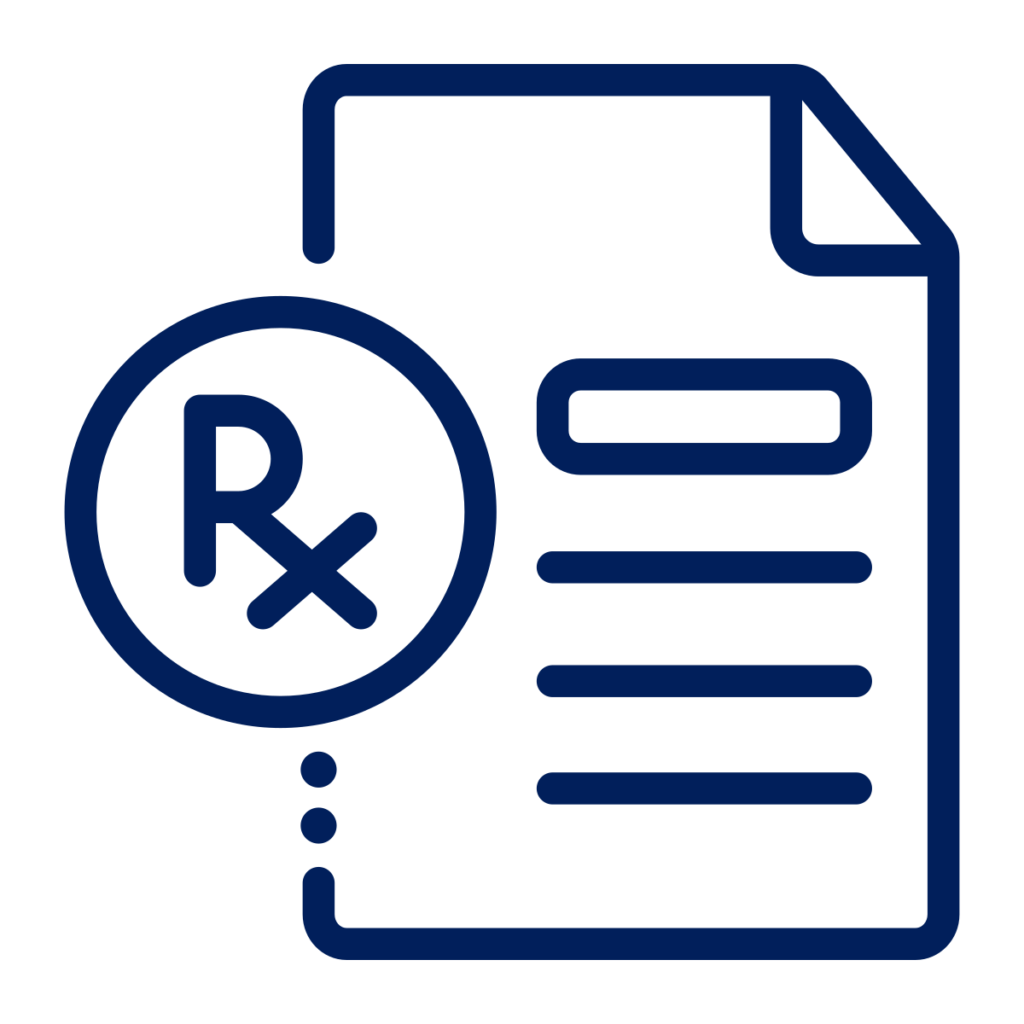5 Examples of How Behavioral Economics Can Influence Clinician Behavior

Behavioral economics is a useful tool that can be leveraged to help clinicians make decisions that are in the best interests of their patients. Peer feedback, opt-out messages, and defaults are a few of the ways in which health systems can make the right choice the easy one to make for clinicians. See five examples below of how behavioral economics principles were used to influence clinician behavior.
-
This nudge quadrupled advance care planning conversations between clinicians and patients with cancer.

In this 2023 JAMA Oncology paper, the study authors tested a machine learning-based clinical care delivery intervention in cancer care that quadrupled rates of advance care planning conversations and decreased end-of-life chemotherapy by 25%. The clinicians involved in the study received 1) weekly emails comparing their serious illness conversation rates with their peers’ rates, 2) weekly lists of high-risk patients (who were identified using a machine learning algorithm), and 3) a behavioral nudge in the form of opt-out text messages to encourage the clinicians to initiate a serious illness conversation with their high-risk patients. These types of conversations have been shown to improve mood and quality of life and could reduce end-of-life systemic therapy use, according to previous research. This study involved around 20,000 patients, and the intervention boosted serious illness conversations from 2.4% to 13.5% in patients at high risk of death and decreased rates of end-of-life systemic therapy from 10.4% to 7.5%. Find the Penn Medicine press release here.
See related papers:
-
Nudges to clinicians and patients increased statin prescribing during primary care visits in this study.

In this 2022 JAMA Cardiology paper, nudges were shown to increase statin prescription rates during primary care visits. The study authors tested whether nudges to clinicians, patients, or both could increase the initiation of this treatment, which can help reduce the risk of major adverse cardiovascular events. Clinicians in this study received monthly feedback on prescribing patterns compared with their peers as well as an active choice prompt in the electronic health record during the patient visit. Patients received a text message 4 days before their primary care visit. The third treatment group involved nudges to both clinicians and patients. The clinician nudges increased statin prescribing by 5.5 percentage points relative to usual care, while the patient and clinician nudge used together increased statin prescribing by 7.2 percentage points. The patient nudge did not budge prescribing rates.
See the paper here:
Effect of Nudges to Clinicians, Patients, or Both to Increase Statin Prescribing
-
Peer feedback to clinicians helped reduce opioid prescribing in this study.

In this trial among more than 400 urgent care and emergency department clinicians, researchers found that providing feedback on how an individual clinician’s prescribing compared to peers’ opioid prescribing significantly reduced the number of pills prescribed by 8%. This resulted in a lower total opioid dose of almost 10%, which the researchers noted is more successful in terms of reductions than prescription drug monitoring programs and similar in magnitude to the most effective clinician-focused interventions. This effect was concentrated in the high-volume prescribers, particularly those who perceived themselves to not be high prescribers. Previous research has shown that an initial opioid prescription with a large number of pills is associated with an increased risk of future long-term opioid use, so this intervention provides important insights into how to reduce this risk.
See the paper here:
The Effect Of Clinician Feedback Interventions On Opioid Prescribing
-
This change in the electronic health record increased generic prescribing rates from 75% to 98%, saving the Penn Medicine Health System millions of dollars.

One little checkbox in the electronic health record saved the Penn Medicine Health System millions of dollars. An opt-out checkbox with the words “dispense as written” was added to the prescription screen, and if the provider left it as is, a generic medication was prescribed. Previously, generic prescribing rates were around 75%; after this intervention the rates skyrocketed to 98%. “Our findings indicate that the manner that default options are designed and implemented has an important influence on their effectiveness for changing physician behavior,” the investigators wrote in a JAMA Internal Medicine research letter. Two-and-a-half years later, a team looked at generic prescribing rates and found that the change saved more than $32 million over that time period. This intervention was covered by Freakonomics in an episode called: “How to Save $32 Million in One Hour.”
See related papers here:
-
Nudges led clinicians to prescribe a higher-value specialty drug in this study.

Behavioral nudges influenced specialty drug prescribing in a positive way in this 2020 paper published in JAMA Oncology. The researchers noted that two oncology drugs – zoledronate and denosumab – are guideline-endorsed and evidence-based agents that reduce skeletal-related events in patients with bone metastases, but the former costs $215 while the latter costs a whopping $26,000. In this study, one nudge took the form of an endorsement of zoledronate from clinical leadership and performance feedback at quarterly meetings and via email, and at another site, there was an additional nudge of “accountable justification,” where a denosumab prescription required justification to the pharmacy. These nudge treatment groups were compared to a control group that continued their usual practice. The researchers found a 26-percentage point increase in zoledronate prescriptions compared with the control group and a 44.9-percentage point increase in the site that had the bonus nudge of accountable justification.
Read the paper here:
Association of Behavioral Nudges With High-Value Evidence-Based Prescribing in Oncology
Interested to learn more about behavioral economics and health? Check out CHIBE’s research areas and impact stories.